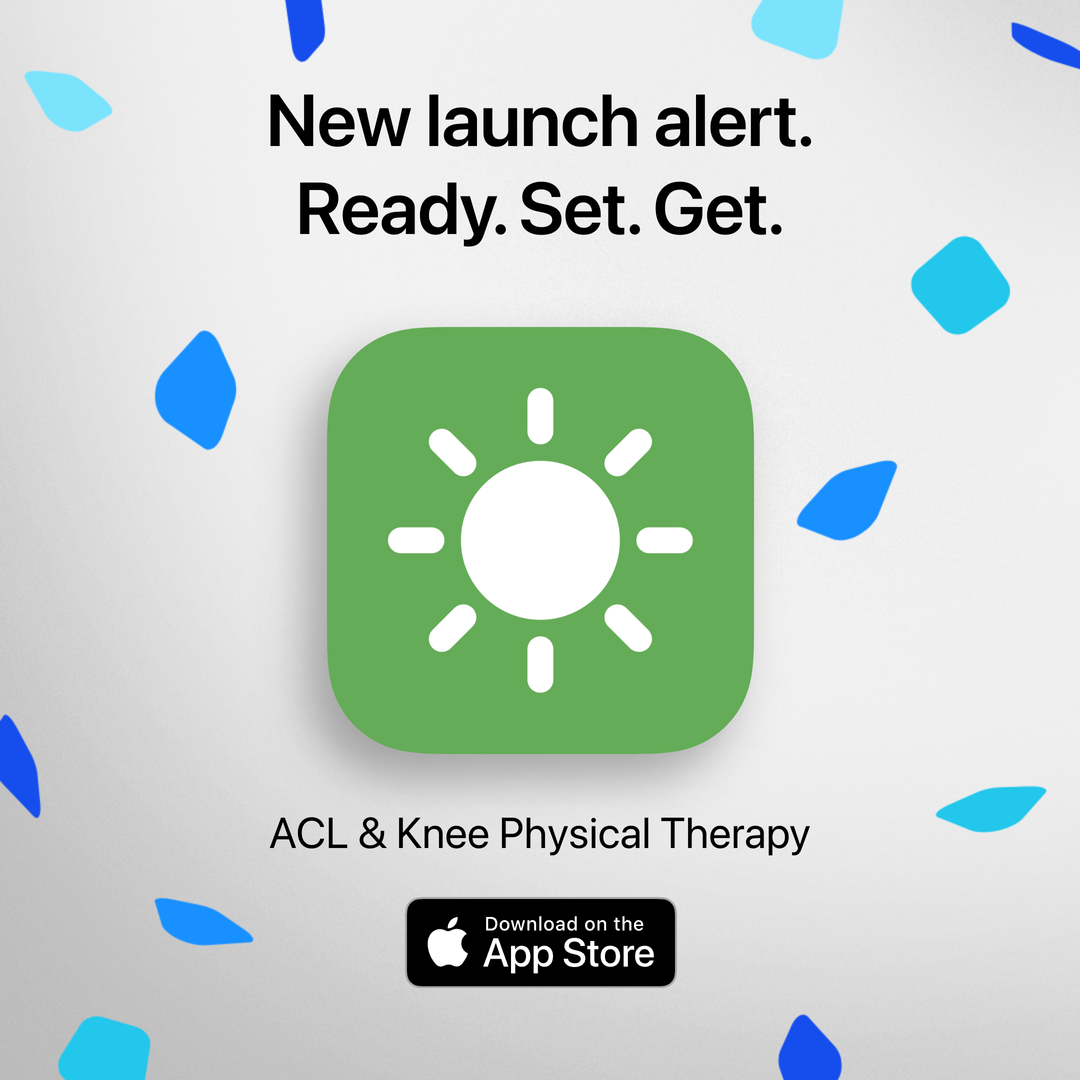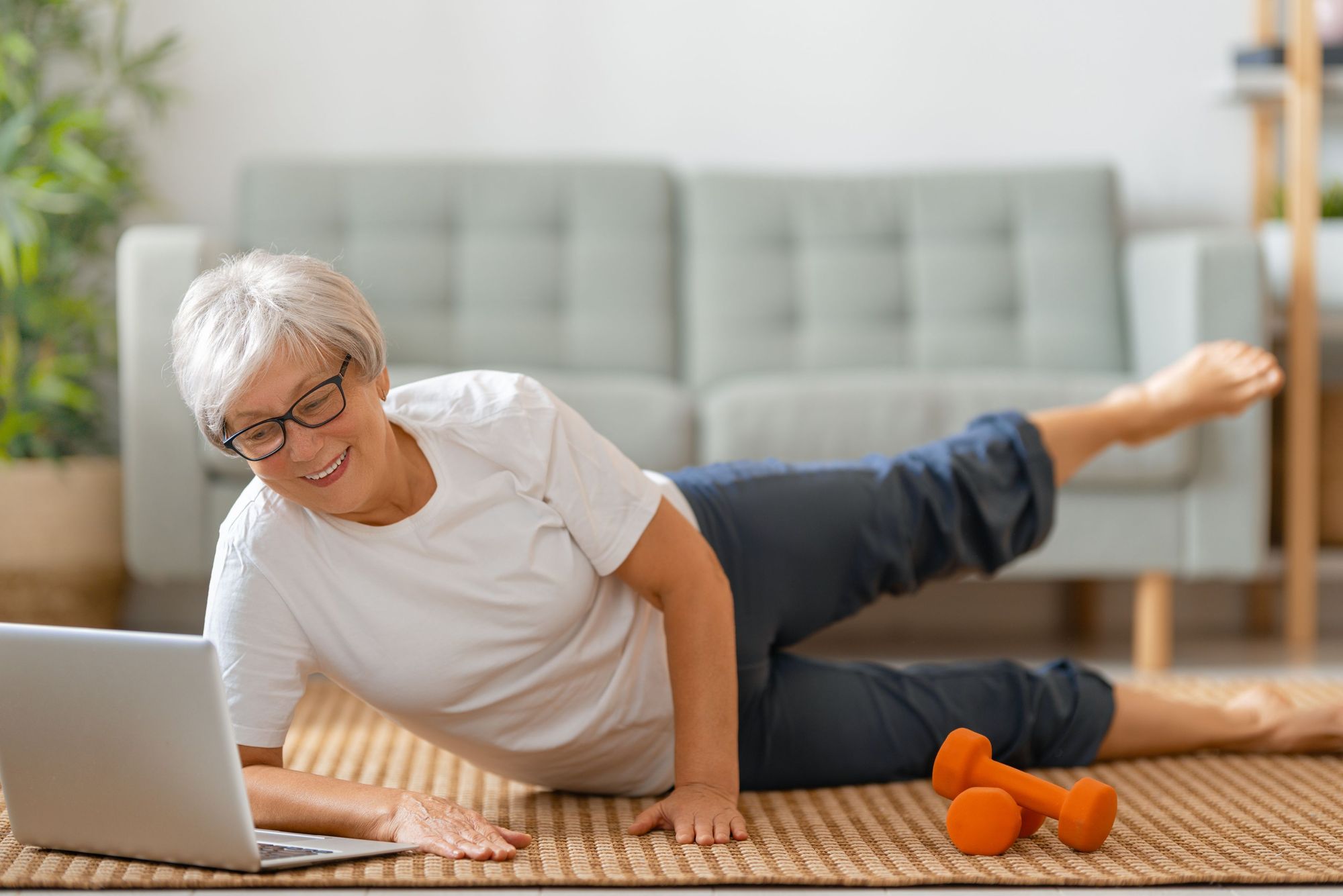Image by Yuganov Konstantin via Canva
Mobile health technology is becoming a common way to access health care services all over the world. Physical therapists have embraced this change to help improve patient outcomes, improve access to physical therapy services, and to reduce the administrative burden of providing quality patient care. The ultimate goal of physical therapy is functional independence and a return to your prior level of physical activity. With this in mind, your physical therapist may recommend apps that can help you along your rehabilitation journey. More and more people are asking for health care delivered in a manner that suits their life and their needs.
Mobile devices are ubiquitous with 4.92 billion users representing 66% of the world population and making mobile devices the most used form of technology in human history.[1][2] Further, patients are starting to demand they have access to mobile health technology not as the alternative but as the normal form of care delivery. In 2015, 52% of all health care provider and patient interactions insured by Keiser Permanente, one of the largest health insurance providers in the United States, occurred virtually.[3] The potential to access health information and health care visits through our mobile devices is an obvious extension of a technology that has become part of our daily lives. The physical therapy profession has echoed these same sentiments in the Trends and Drivers of Change in Physiotherapy in Ontario report by saying; “We are seeing a dramatic increase in the use of technology for managing physiotherapy practices, performing marketing functions and delivering effective health care.”[4] The same report also urged change for the profession of physical therapy to serve our patients better by stating; “PTs (physical therapists) that go beyond the standard but archaic photocopied exercise handouts to offer web-based communication platforms can benefit from a more satisfied patient/consumer, and possibly facilitate higher levels of engagement between visits to the clinic to help people achieve their mobility goals.”[4]
It is with these drivers of change and calls from patients and the general public that we tackled the problem of access to physical therapy services after surgery. One of the most common orthopaedic surgeries for the knee is an anterior cruciate ligament (ACL) replacement. There are 250,000 people in the US who tear their ACL annually.[5] The rehabilitation lasts 8-12 months, and poor compliance and long-term health consequences are major challenges following this surgery.[6] The compliance rate for rehabilitation is estimated to be 20%.[7] This means that 80% of people don’t do the necessary rehabilitation to fully recover! This low compliance rate can lead to poor patient outcomes, more pain and discomfort and future surgical interventions and additional time and money spent by the patient and the health care system.
With the widespread uptake of mobile technology and physical therapy apps, we have developed a mobile health (mHealth) tool to help improve compliance rates for post-operative rehabilitation.[8][9] mHealth has the benefits of being remote, patient-centric, and cost-effective, and has the ability to improve health outcomes.[10][11] One physical therapy app that is recommended by health care providers is called Curovate, and is downloaded by 800 people a month. We have already had patients using the app regularly along with their clinical care and we are seeing great results. Our next step is to conduct a qualitative study to learn more about the feasible, usable engagement of patients using mobile health technology for their rehabilitation. We want to first learn about the lived experiences of the patients who are using our app for their ACL recovery. Our next step will be to conduct a study to evaluate the outcomes of those patients who have regularly used our app for their recovery. We plan to influence health care access, improve the patient experience and satisfaction and also improve patient outcomes after surgery. The app is available in the Google Play Store here and the Apple App Store here.
To further achieve our goal of health care access we have also started this patient education blog that teaches patients about everything related to surgery, recovery and physical therapy. We hope this will be a resource for patients who are having surgery and those that are recovering from injury. The main page of this blog can be viewed here. Here is a video of our ACL, Knee Replacement and Hip Replacement App to show you all of the features that can help you stay motivated and consistent with your rehabilitation!
If you have injured your ACL, or have an upcoming ACL surgery, knee replacement or hip replacement, you can start a personalized recovery plan using the Curovate app today. The app provides you with guided exercises, rehab reminders, progress tracking, and can even measure your range of motion, all from the convenience of your phone. To get started, simply download the app for iOS or Android using one of the links below.
If you need further customized assistance during your surgery or injury recovery check out our Virtual Physical Therapy page to book your 1-on-1 video session with a physical therapist online.


Other recommended blogs
- Let's learn more about our founder Nirtal Shah
- How to manage your recovery protocols with Curovate
- The Benefits of Active Recovery
References
1. Digital: Global Overview; updated July 2022, cited 2022 July 13
8. Number of mobile phone users worldwide from 2015 to 2020. Statista. Cited Febraury 4, 2025







